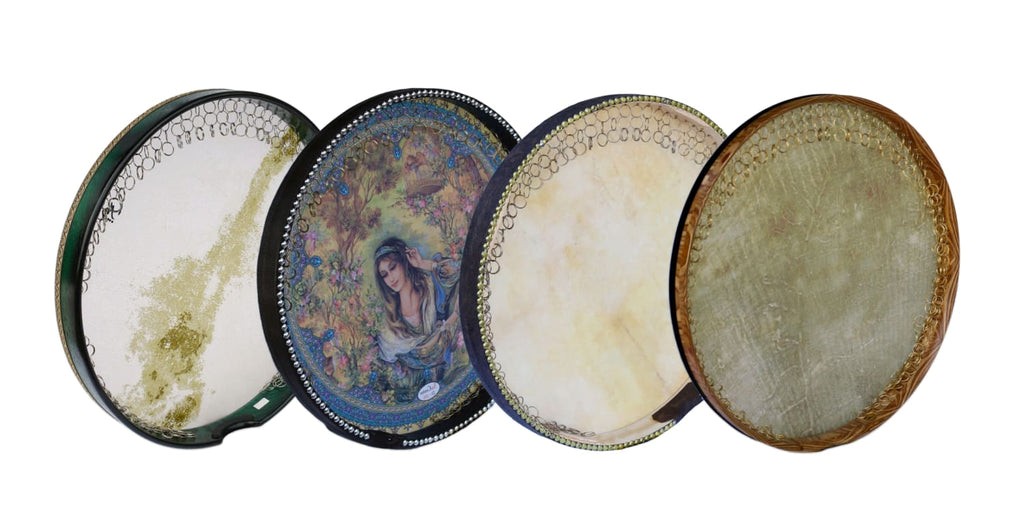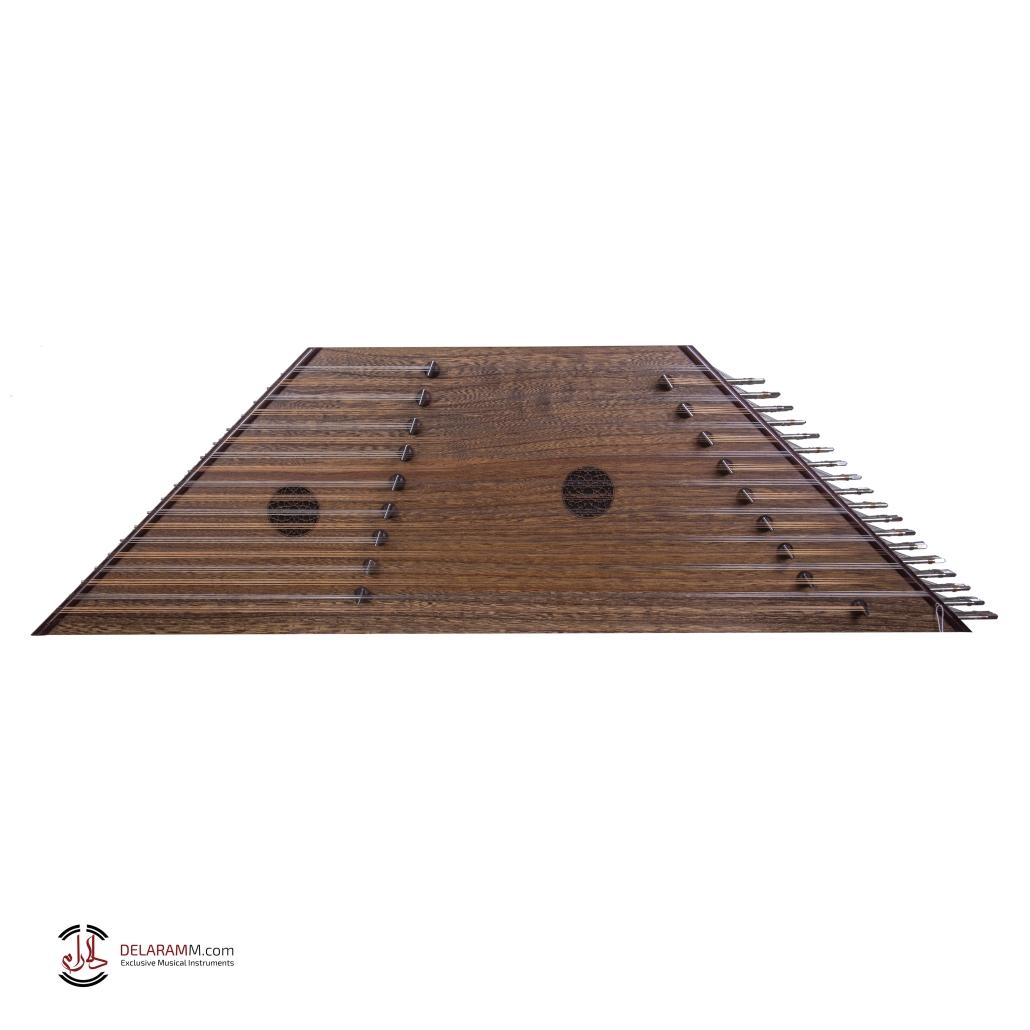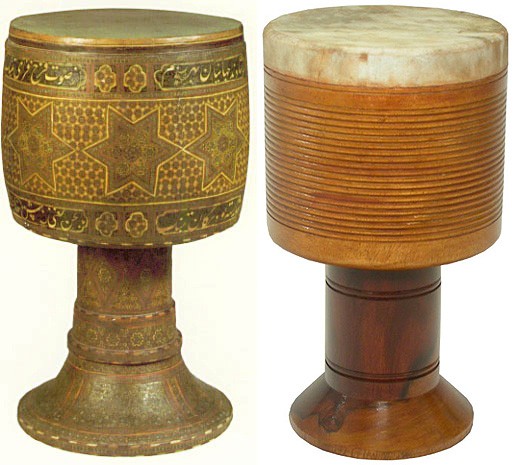What is the easiest Persian instrument to learn?
People are drawn to music because it unlocks a world where emotions, dance, and creativity flow. A common question arises for those interested in Persian music: what is the easiest Persian instrument to learn? Learning a musical instrument is a highly personal experience, and what is considered “easy” can vary greatly depending on individual preference, background, and dedication. However, certain Persian instruments are generally regarded as more accessible for beginners due to their simple techniques and straightforward learning curves. Among these are the Tombak, Santur, Daf, and Tar. This article will explore why each of these instruments can be an excellent starting point for your musical journey.
The easiest Persian instrument to learn: Percussion instruments
Learning percussion instruments is often perceived as easier compared to other types, owing to factors like immediate sound production with minimal technical skills required initially. Their emphasis on rhythm rather than melody and harmony makes them ideal for beginners, who can start with simple rhythmic patterns and gradually progress to more complex ones. The Daf and Tombak are notably the easiest to learn among various Persian instruments.
The Daf, a large frame drum, stands out as one of the easiest Persian instruments to learn for beginners. It is widely used in traditional, classical, and contemporary Persian music and offers versatility. Unlike instruments demanding intricate finger techniques or complex hand positions, the Daf allows newcomers to generate sound immediately by striking or shaking it. This straightforward approach is both encouraging and fulfilling, especially for those drawn to percussion’s rhythmic nature.
Many professionals consider the Tombak the easiest Persian instrument to learn due to its straightforward learning curve and immediate engagement. As a goblet drum, the Tombak primarily focuses on rhythm rather than intricate scales or fingerings. This accessibility enables beginners to grasp basic hand and finger techniques quickly, facilitating the production of rhythmic patterns with each strike. The communal aspect of the Tombak enhances learning as it is often played in groups or alongside other instruments, encouraging collaboration and musical interaction among beginners and seasoned players alike.
While both the Tombak and Daf are recognized as the easiest Persian instruments to learn, progress requires consistent practice. With just one hour of daily practice, beginners can master basic hand and finger techniques on the Tombak or Daf within a year. Further research on Persian drumming styles enhances proficiency, enabling learners to tackle intricate rhythmic structures within three years of regular practice. Achieving professional-level proficiency typically takes about five years of dedicated daily practice.
The easiest Persian instrument to learn: String-based instruments
In general, string-based instruments pose challenges for beginners. These include mastering finger positioning, coordination, tuning, and developing calluses. However, among Persian instruments, the Tar and Santoor are relatively easier to learn than other string instruments.
The Tar is a plucked string instrument that becomes accessible with dedicated practice. Those familiar with guitar or lute playing will find similarities, making it easier to pick up. The Tar allows learners to engage deeply and gain a well-rounded musical education by offering a wide range of melodic and rhythmic sounds. Learning the Tar also connects musicians with the rich tradition of Persian classical music, offering profound cultural insights.
The Santoor (or Santur) is a hammered dulcimer with a trapezoidal-shaped body and multiple strings, which is also considered one of the easiest Persian instruments for new learners. Beginners can quickly play basic melodies and harmonies, encouraging progress early in their musical journey. The linear arrangement of strings simplifies the understanding of scales and intervals visually. Using hammers to strike the strings is generally less complex than mastering finger positioning and bowing found in other string-based instruments.
Tar and Santoor are among the easiest Persian instruments to play. They both offer accessible pathways to proficiency, but progress requires consistent practice. Dedicate just one hour daily to either instrument and within six months; you can achieve basic proficiency, mastering hand positioning and technique on the Tar or mallet technique on the Santoor. Progressing beyond one year of practice enables players to tackle more complex melodies and scales while exploring various Persian musical modes (Dastgahs). With over five years of dedicated practice, mastery is within reach, empowering musicians to teach and compose confidently.
A few points on the ease of learning musical instruments
“What is the easiest Persian instrument to learn?” This question often arises for beginners eager to explore the diverse realm of Persian musical instruments. Determining what makes an instrument “easy to learn” involves various factors that can vary from person to person. Here, we’ll discuss key points to consider when selecting an instrument that feels “easy” to you:
- Immediate and simple sound production: Instruments that produce sounds effortlessly, without requiring intricate techniques such as complex embouchure, bowing, or precise finger positioning, are generally easier for beginners.
- Straightforward physical layout and mechanics: Instruments with clear and uncomplicated fingering systems, fewer keys or strings, and manageable sizes that don’t demand significant physical strength are easier for novices to handle.
- Abundant learning resources: Access to plentiful learning materials, tutorials, and effective teaching methods can significantly ease the learning process for any instrument. Ensure your chosen instrument has ample resources available to support your progress.
- Low maintenance and tuning requirements: Instruments that require minimal upkeep and infrequent tuning are preferable for beginners. Constant maintenance can deter practice and hinder progress over time.
- Affordability and accessibility: Starting with an affordable and readily accessible instrument can accelerate your learning curve. Instruments like the piano, which may not be accessible to everyone due to size or cost, can limit practice hours.
Summary
In this article, we aim to address a common query among newcomers interested in Persian musical culture: what is the easiest Persian instrument to learn? Instruments like the Daf, Tombak, Tar, and Santoor stand out as accessible choices for beginners in music. Each instrument presents its own unique qualities and challenges, and what constitutes “easy to play” can vary widely from person to person. Once you’ve selected your instrument and are eager to begin, we at Delarammusic are here to help you enhance your musical experience. Whether you’re a novice seeking educational materials such as books and DVDs or a professional needing accessories for your instruments, we’re committed to assisting you every step of the way.




